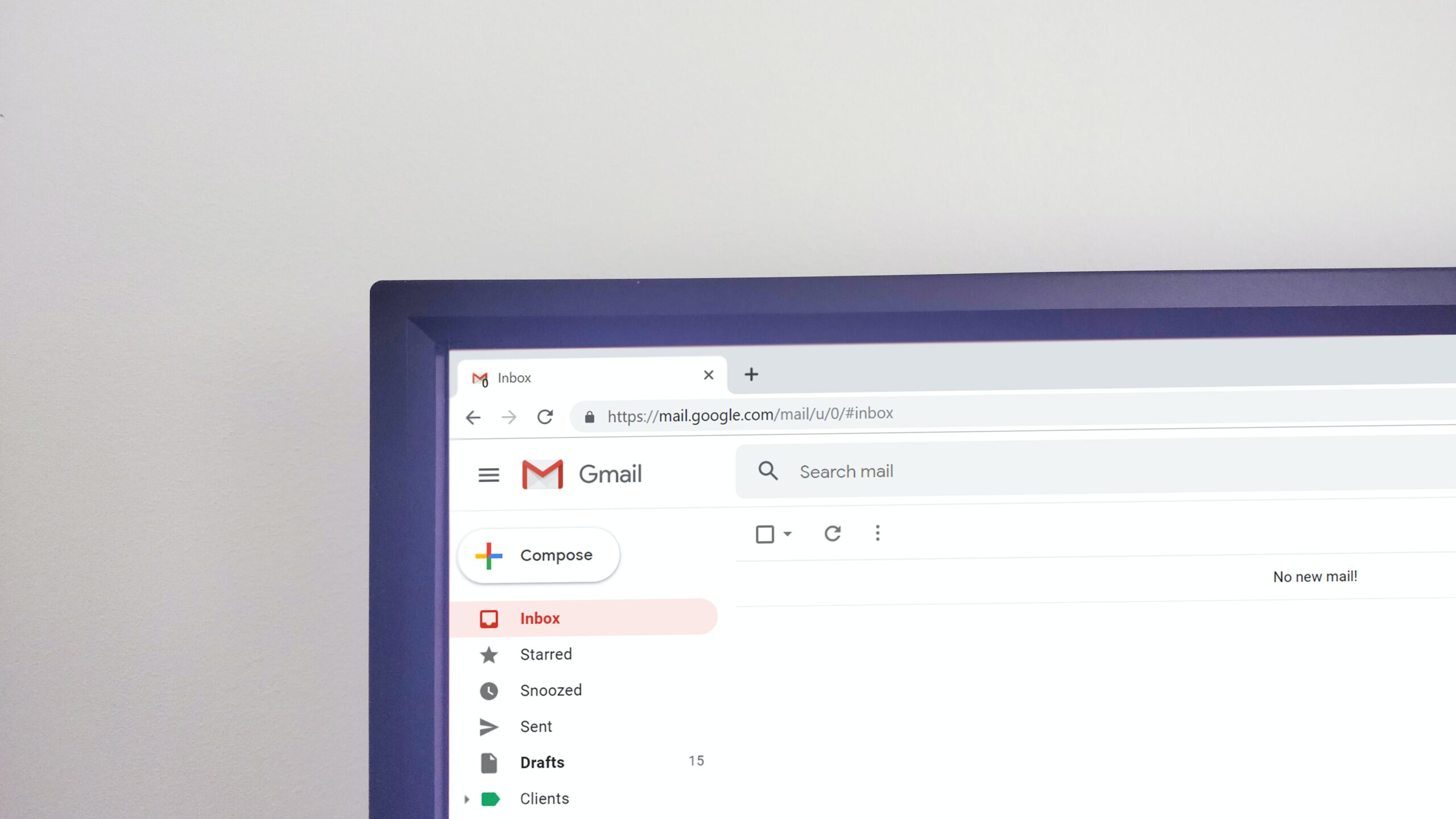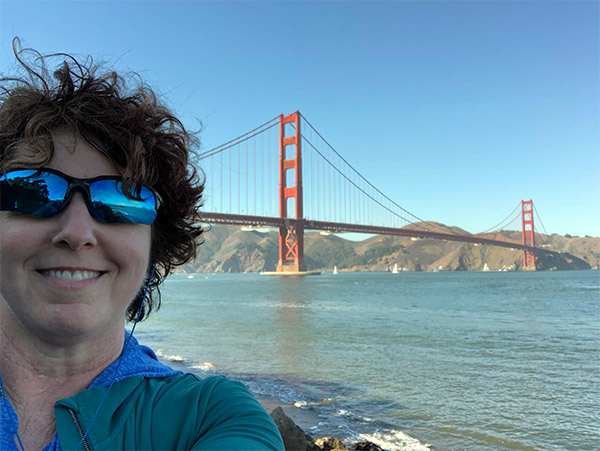Email Drip Campaigns: Getting the Most Out of Great Email Copy

You probably already know (or intuit) that the return on investment (ROI) of marketing emails is the highest of any other channel – a healthy $36 for every dollar you spend. According to the 2022 Email Marketing Benchmarks Report, the average email open rate is 21.5%, with a click-through rate of 2 to 5%. That’s for single, one-off emails. But there’s an even better email marketing strategy: sending so-called “drip” emails: a series of multiple emails triggered by specific events (of your choosing) that are personalized and sent automatically at specific times to specific customers (or would-be customers).
Drip emails boast an 80% higher open rate than single-send ones. And – even better – they deliver 300% higher click-through rates.
In this blog, we’ll define what drip campaigns are, ways they can be effective, and tell you why you should choose only the best copywriters to get the most from your drip campaigns.
What is an email drip campaign?
A drip campaign is a series of related emails, sent in a specific order at specific times, that are designed to get specific customers or prospective customers to take a desired action. For example, you may want them to buy something from you (always a good thing). Or download a brochure or white paper. Or sign up for a monthly newsletter.
Typically, drip emails are “triggered” by someone’s action (or inaction). You could create a drip campaign that sends a series of emails to everyone who attended a recent webinar. Or to anyone who abandoned a shopping cart before buying something in the last six months.
These emails are both personalized – with names and references to the action they had taken that triggered the campaign – and automated to go out at certain times, in a certain order.
How does a drip campaign work?
Drip campaigns are effective at generating leads, building relationships with your customers, and increasing their engagement with you. Here’s how they work:
- Identify who you want to reach. This can be based on any kind of customer (or would-be customer) characteristic. For example, age, or gender, or location where they live, or perhaps all the people who purchased your flagship product within the last year. Or all the people who visited your site more than five times in the last month. You can segment your audience in any way you want.
- Choose your trigger. We’ll discuss this more in the next section, but your trigger is the event or action that your chosen audience members must do before receiving the drip emails. For example, you can initiate the drip campaign when a customer contacts customer service.
- Establish goals. Define the metrics that mean success. For example, that could be achieving 10% higher repurchases of your product from existing customers.
- Plan: Decide parameters such as how many emails to send, in what order, on what days and times (yes, that matters), and what your calls to action (CTAs) will be.
- Design: With your audiences chosen and triggers set up, you can start to develop your email concepts based on where customers are in their journeys. NOTE: This stage also encompasses the very important visual elements of your emails. You should also design logical “branching” of email paths based upon your audience’s responses, and A/B tests so you can experiment with language and visual images.
- Write: This is probably your most important step. Even if you’ve done everything else right, if your emails are poorly written, they won’t get results.
- Send: Because drip email campaigns are automated (using an email automation platform of your choice, like Klaviyo, ActiveCampaign, or Drip) you literally push the button and your emails will go out based on the sequence, day, and time you have specified.
- Measure and tune based on how your emails perform. Check your analytics frequently. Pay attention to your A/B tests. What emails are being opened? What emails are driving click-throughs? Actual conversions? Tweak your campaign based on what you learn.
Email drip campaign strategies
Drip emails can accompany each potential customer through your entire sales pipeline, taking them from their first visit to your website or first purchase of your product or service, all the way to post-sales strategies to get them to buy more.
Work your email marketing list
Drip campaigns are all about breaking your subscriber list into subsections and directing information to niches of customers. Key to success is choosing which groups you focus on.
Your existing email list is your starting point. But it can’t be just a list of emails and names, with no other information attached. Somehow, it must contain or be integrated with data from other systems, such as point-of-sale (POS), customer services, or any other system that touches your customer. One gold mine of data for your drip campaigns is a customer relationship management (CRM) system that captures all customer interactions – good and bad. This lets you search on different parameters of customers’ demographics, actions, interactions, and other aspects of your relationship with them.
Different kinds of triggers
The goal of drip email marketing is to send your audience the right information at exactly the right time. Drips are typically based on one of three kinds of triggers:
- An action that a customer (or hoped-for customer) takes: This is the most common type of trigger. For example, when someone first visits your website, you can start a “welcome” drip campaign that nurtures them through the pipeline until they are converted into a customer. A first purchase is always a good time for a drip sequence of emails, as is attending a webinar, downloading a white paper, or clicking on a promotional LinkedIn ad. Even a negative action, such as unsubscribing from a newsletter or complaining to customer service, is a chance to redeem your brand and win customers back with a persuasive drip campaign.
- A new piece of demographic information you receive about the audience member: When a customer indicates in an interaction that they’ve moved to a different city, had a baby, got married, changed jobs – anything – that is an opportune time to start a drip campaign.
- A significant date: You can also set date-related triggers, such as customer birthdays, anniversaries, and important holidays. Any date that could be important to your customer is fair game.
How many emails should you have in a drip campaign?
There’s no good answer to this question. Every campaign is different. For B2C audiences, four to nine is most typical. For B2B audiences, you want to limit it to four or five, as those perons can get annoyed at too many emails.
When determining the number of emails, you should consider how “qualified” your audience is. The ones that have already been in contact by buying something or attending a webinar, for example, might be convinced to perform your CTA with just two or three short messages. If you’re “nurturing” new leads, however, you may need more – and longer – ones.
But take care not to send too many emails, and not too often, or your brand will be dismissed as a producer of spam. And timing is just as important as the number of emails. You don’t want too much time to pass, as your current or future customers may forget about your narrative direction, but not too frequently, either. For B2C, every few days usually works. For B2B, don’t send more than two or three a month.
The many benefits of email drip campaigns
Drip campaigns deliver a broad range of benefits. Here are three of the most significant:
Nurture and educate leads: Email drip campaigns allow you to nurture leads with highly focused emails, build relationships, educate them about your products or services, and gradually move them through the sales funnel until they become loyal customers.
Save time and money: Because drip campaigns are automated, a lot of the manual “busy work” is eliminated. Yes, you have to monitor and tune them, but they require relatively little intervention, especially when compared to other marketing channels.
Boost customer engagement and retention: You can offer highly personalized messages, promotions, special offers, or content that fits your audience’s proven interests and behaviors, and create many more opportunities to interact with your customers.
In closing: choose your writers carefully
Everything about a drip campaign hangs on the quality of the writing. It must be compelling and concise while still arousing thoughts or emotions that are persuasive enough to drive immediate action. So the language is important, but equally critically, your writers need to understand your audience’s wants and needs inside and out.
According to Marigold’s 2023 Global Consumer Trends Index, almost half of people receiving promotional emails feel frustrated by irrelevant content (49%), messaging that doesn’t reflect their wants and needs (42%), and poorly timed communications (24%). So good writing should address that. It must set the tone for your brand, effectively communicate your message, build trust, and maximize the chances of achieving your campaign goals.
Drip emails are worth it. Investing time and effort into crafting compelling, well-focused drip emails, delivered at the precisely right time to the right audience will yield significant benefits in terms of customer engagement and conversion rates, and ultimately, your overall business success.






























































